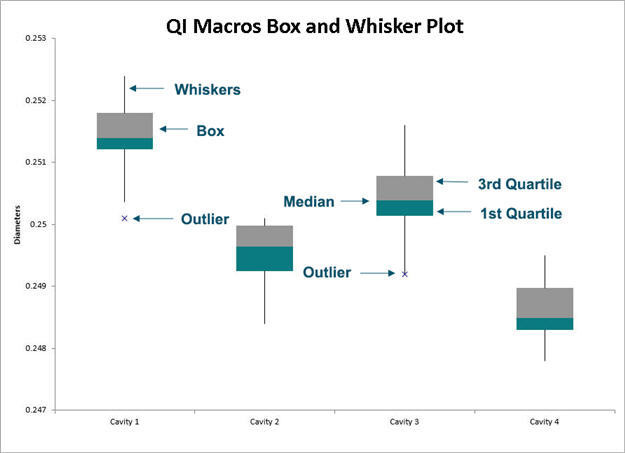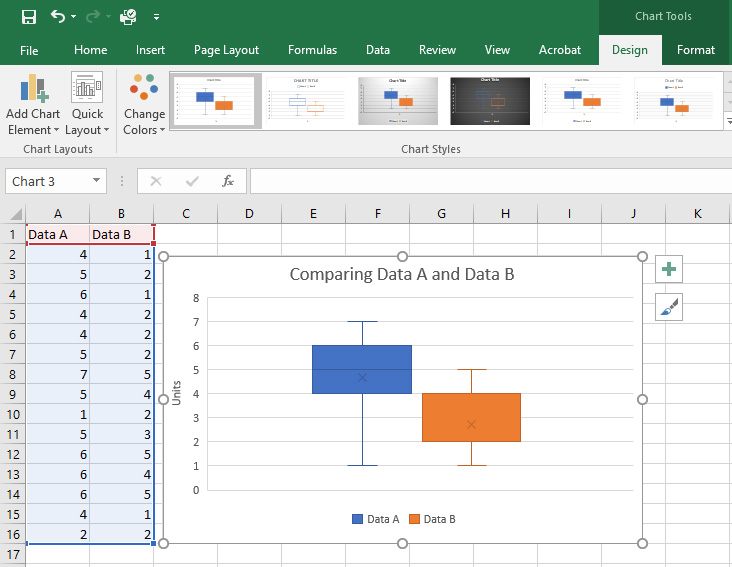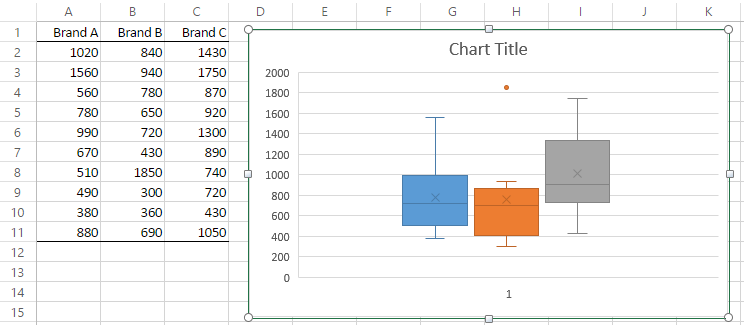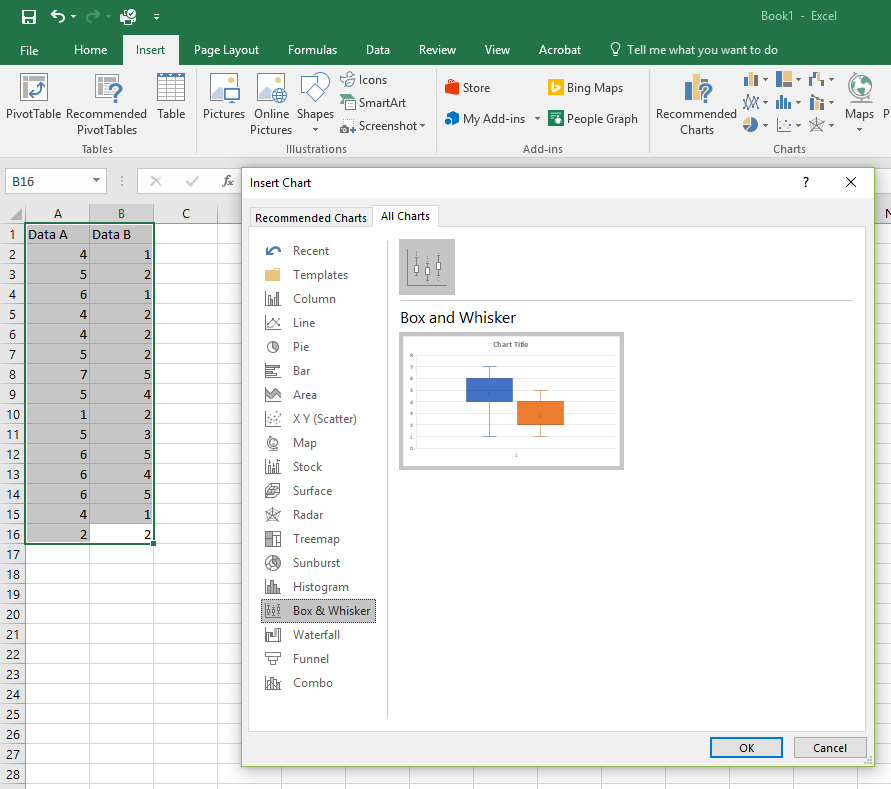Whisker parallel elc
Table of Contents
Table of Contents
A box and whisker plot is a popular chart used in data analysis. It is a simple way to display and understand complex data in a graphical way, and it can be created using Microsoft Excel. In this post, we will guide you on how to draw box and whisker plot in Excel.
Many people struggle with data analysis and visualization, especially when it comes to advanced charts like box and whisker plots. It can be challenging to know where to start, what data to use, and how to interpret the results. Fortunately, drawing a box and whisker plot in Excel is easy, and you don’t need any special skills or tools to do it.
To draw a box and whisker plot in Excel:
Step 1: Enter Your Data
The first step is to enter your data into Excel. You can do this manually, or you can import data from an external source. Each data set should be organized into columns, with individual data points in each row. Be sure to label your columns and rows for clarity and ease of understanding.
Step 2: Select Your Data
Next, select the data you want to use to create your box and whisker plot. You can do this by clicking and dragging your cursor over the data in Excel. Be sure to include all of the relevant data points and exclude any unnecessary columns or rows.
Step 3: Insert Chart
Now that you have selected your data, it’s time to insert the chart. Click on the “Insert” tab in Excel and choose “Recommended Charts”. Scroll down to the “All Charts” tab and select “Box and Whisker” chart. Your chart will now appear on the worksheet.
Step 4: Customize Your Chart
Finally, customize your chart by adding titles, axes labels, and changing the color scheme. You can also modify the axis scales and add additional data series to your chart if necessary. Once you are satisfied with your chart, save it to your computer or print it out for further analysis.
Why Use Box and Whisker Plot in Excel?
Box and whisker plots are an excellent way to visualize complex data sets and understand relationships between variables. They can be used to compare multiple data sets and identify outliers or unusual observations. Box and whisker plots can also be used to analyze trends over time and draw conclusions about the mean, median, and range of your data.
Advantages of Drawing a Box and Whisker Plot in Excel
There are many advantages to drawing a box and whisker plot in Excel. First and foremost, Excel is a widely used program, and most people are already familiar with how to use it. Excel is also readily available on most computers, so you don’t need any special software or additional programs to create a box and whisker plot. Finally, Excel is incredibly versatile, and you can use it to create a wide range of charts and graphs for your data analysis needs.
How to Interpret a Box and Whisker Plot in Excel
Interpreting a box and whisker plot in Excel is relatively easy. The box represents the interquartile range (IQR) of your data. The line inside the box represents the median of your data, and the whiskers represent the range of your data (excluding any outliers or extreme values). Outliers are any data points that fall more than 1.5 times the IQR outside the box. They are represented as individual points outside the whiskers.
Tips for Creating an Effective Box and Whisker Plot in Excel
When creating a box and whisker plot in Excel, there are a few tips to keep in mind. First, be sure to label your chart clearly and use descriptive titles and axis labels. Second, choose a color scheme that is easy to read and visually appealing. Finally, be sure to include any necessary context or background information about your data set to help your audience understand your findings.
Question and Answer
Q: Can I create a box and whisker plot in older versions of Excel?
A: Yes, box and whisker plots can be created in older versions of Excel, but the steps to do so may vary slightly depending on the version you are using.
Q: What if I have missing data points in my data set?
A: If you have missing data points in your data set, you can either remove them or estimate them using statistical methods such as imputation.
Q: Can box and whisker plots be used for categorical data?
A: No, box and whisker plots are best suited for numerical data. If you have categorical data, a bar chart or pie chart may be a better option.
Q: How do I know if the extreme values in my data set are outliers?
A: Outliers are defined as any data points that are more than 1.5 times the IQR outside the box. If your data set has extreme values outside the whiskers, you can use statistical methods to determine if they are truly outliers or just extreme values.
Conclusion of How to Draw Box and Whisker Plot in Excel
Drawing a box and whisker plot in Excel is an excellent way to analyze and visualize complex data sets. With a few simple steps, you can create a professional-looking chart that will help you make sense of your data and draw meaningful conclusions. By following the tips and best practices outlined in this post, you can create effective and visually appealing box and whisker plots in Excel with ease.
Gallery
Excel Box Plot Normal Qq And General Plot Arcmap

Photo Credit by: bing.com /
How To Make Parallel Box And Whisker Plots • ELC

Photo Credit by: bing.com / whisker parallel elc
Box Plots With Outliers | Real Statistics Using Excel

Photo Credit by: bing.com / outliers plots whiskers memunculkan analisis
How To Make Parallel Box And Whisker Plots • ELC

Photo Credit by: bing.com / whisker plots elc
Create A Box And Whisker Excel 2016 | MyExcelOnline

Photo Credit by: bing.com / whisker box excel create diagram chart myexcelonline explaining below





